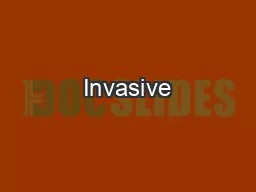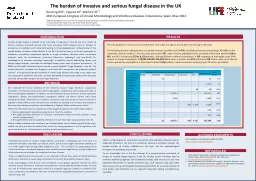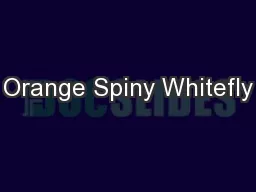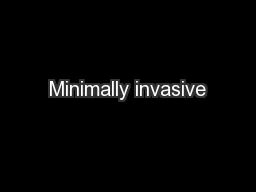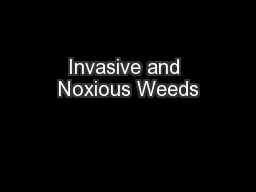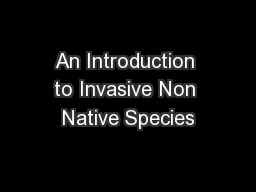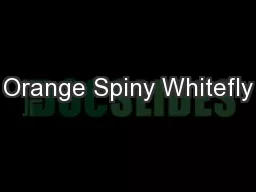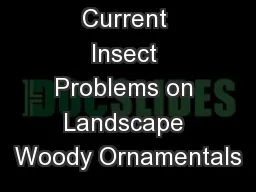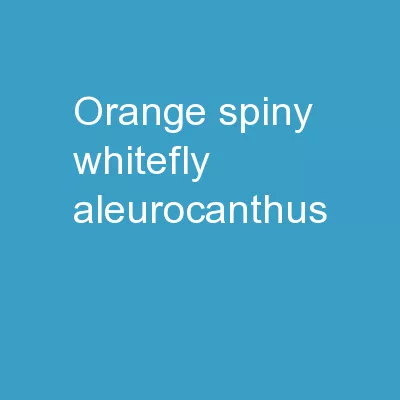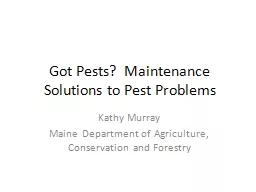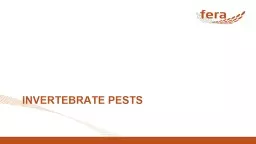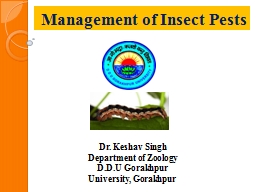PPT-Invasive Whitefly Pests
Author : phoebe-click | Published Date : 2016-04-06
of Florida Photos H Glenn UFIFAS Tropical Research and Education Center 1500 species worldwide at least 60 are in Florida Adults are small and look like tiny moths
Presentation Embed Code
Download Presentation
Download Presentation The PPT/PDF document "Invasive Whitefly Pests" is the property of its rightful owner. Permission is granted to download and print the materials on this website for personal, non-commercial use only, and to display it on your personal computer provided you do not modify the materials and that you retain all copyright notices contained in the materials. By downloading content from our website, you accept the terms of this agreement.
Invasive Whitefly Pests: Transcript
Download Rules Of Document
"Invasive Whitefly Pests"The content belongs to its owner. You may download and print it for personal use, without modification, and keep all copyright notices. By downloading, you agree to these terms.
Related Documents

